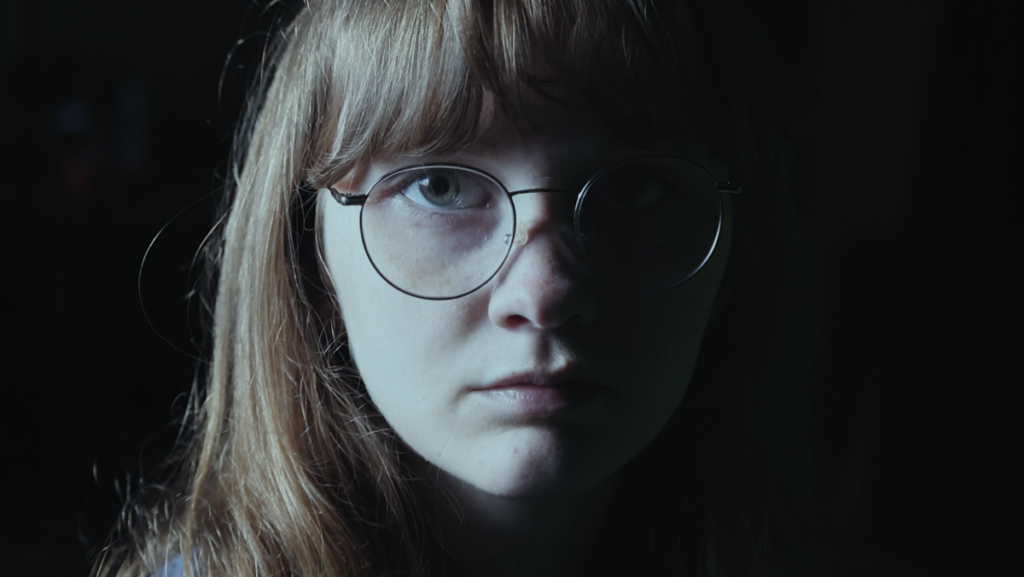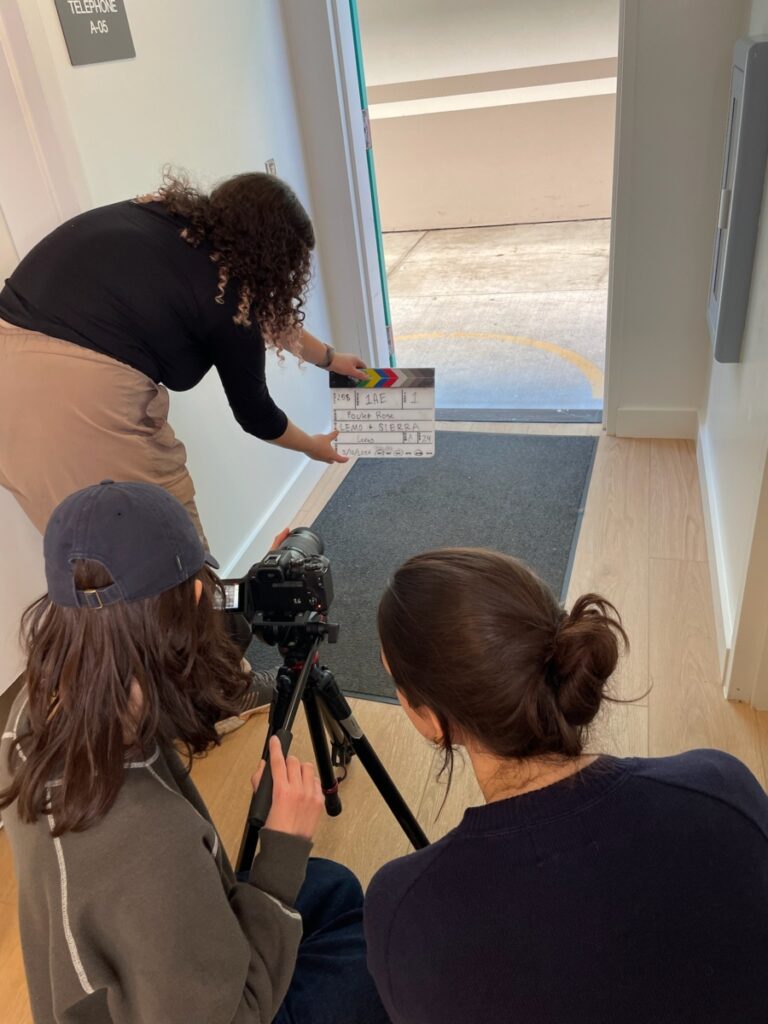Introduction
This unit contained our biggest film project throughout our 2 years of Freestyle: the Senior Narrative. We studied Pre-Production, Production, and Post-Production strategies, applying them to the films worked on from October 2023 to March 2024. This project has taught me a plethora of lessons–how to better collaborate with others, communicate professionally, how to improve my filmmaking skills on set and organization skills off set, and so much more.
My partner Lemo and I’s film is called “Poulet Rose,” a comedy that follows the crazy romantic relationship between a perfectionistic chef and a jazz singer–with a chicken on the loose bringing them together.
Pre-Production
The Pre-Production phase began with lectures on story structure and genres in film, specifically focusing on Snyder’s Save the Cat. We learned about different character archetypes in cinema, and how to create the progression of a character arc within our own films, as well as Snyder’s categorized types of films and how the hero’s journey can look different in each genre, while the foundational cycle remains the same due to human psychology.
Using what we had learned, Lemo and I began to brainstorm. Throughout the Pre-Production process, we applied what we learned in our lectures to our own screenwriting. Lemo and I developed our characters, Jean-Pierre, Louis, and Susan Morning. (To the right is the initial casting call we sent out to our actors–while some of the character traits have changed since then, it is a great example of one of the first steps in our character writing, and casting, process.) We were inspired to create an atypical rom com, with quirky visuals and unique story elements–it was difficult to write a plot that was so centered around chaos while maintaining a story that could be easily followed. One of our biggest hurdles with this project was how badly we wanted to diverge from movie tropes-we learned that many stories are retold because it’s difficult to create something engaging that doesn’t follow the hero’s journey. We wanted to maintain the odd nature of our characters while telling a cohesive story, and as a result, we revised our script 5 or 6 times. However, we were both incredibly happy with our final result. Read it by clicking on the image below!
Before beginning the next phase of the Pre-Production process, we reviewed the narrative film techniques we had learned last year, to re-familiarize ourselves with the Production phase so we could better prepare for it. We spent a few weeks reviewing composition and lighting, while building on those skills by learning advanced techniques. We studied “film mode,” which I really enjoyed. Film mode is how directors, cinematographers, editors, and other crew members communicate messages about the film visually. The use of color association or specific imagery forces the audience to subconsciously feel a certain way about a character or plot point–because senior narrative is much longer than junior narrative, we were tasked with using film modes in our own films. To observe an early example of this, we watched Citizen Kane.
We also practiced advanced lighting, learning a 3-point lighting setup and putting it into practice through the “lighting looks” assignment, where we had to simulate the lighting from a feature film/movie/music video still.


Next, we broke down each aspect of our Pre-Production Package: a lined script, a shotlist, a stripboard, and a filming calendar. We first discussed organizational skills, and how to uphold professionalism when contacting potential actors and crew members, or searching for locations.
First, we lined and highlighted our script. We learned the importance of coverage, especially triangle coverage and inserts. We highlighted our props, costumes, actors, animals, set dressing, and other important categories in distinct colors so we could identify what we needed on set. We noted important lighting moments or non-standard shots such as a zolly or handheld.

Then, we took all the information from our lined script and inputted it into a shotlist, a spreadsheet with notes about every shot-what lens to use, what the composition and shot type would be, what actors are needed, props, costumes, the duration of the shot, and how many takes it would require.

After confirming with our actors, our final task was to create a stripboard, a calendar organized by scene that determined what would be filmed when.
Production
Lemo and I filmed throughout the month of February, with help from our classmates and friends as crew members. We learned how to use a slate to later help us organize our shots in Post-Production. We also used a boom pole to capture audio for the first time! Although the Production phase is the shortest, it is also very rewarding.

Post-Production
We are currently still in the process of editing our film, but please return to this page for final updates!

